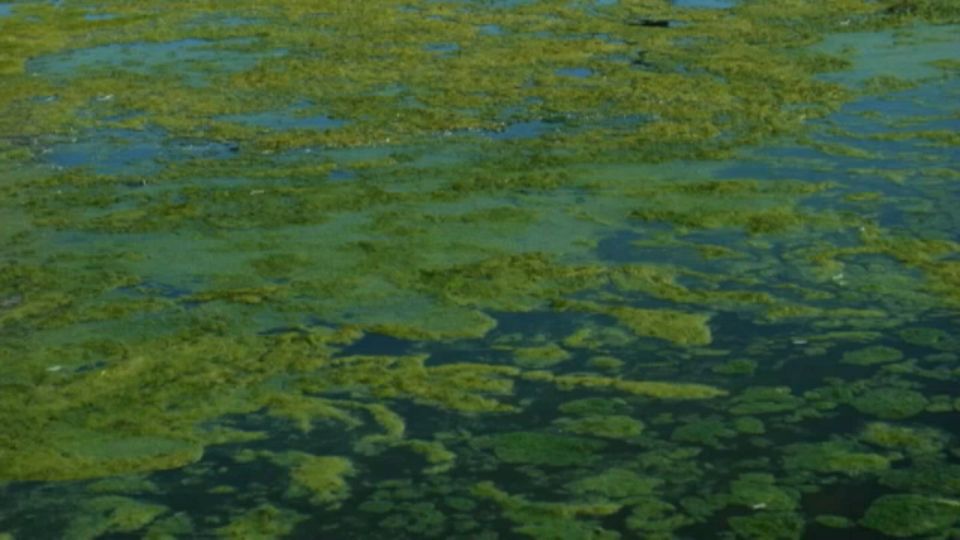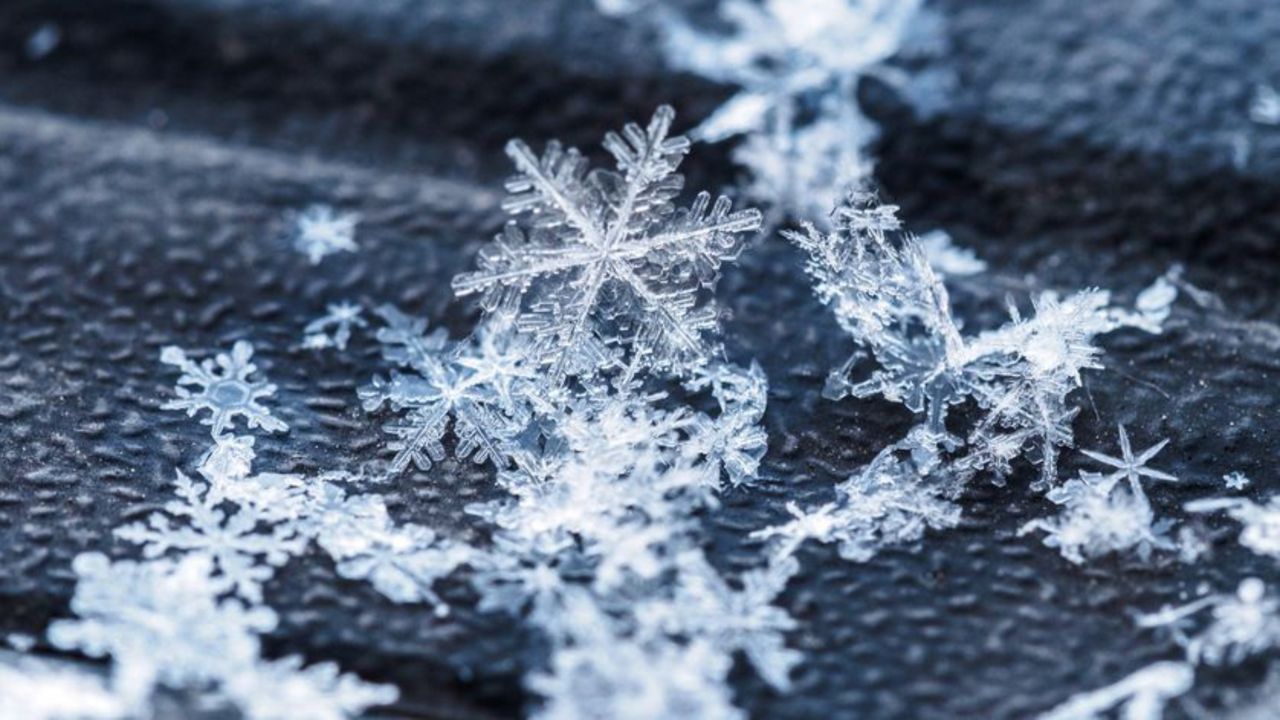When the water temperatures heat up in Western New York, blue-green algae can develop.
Although it may sound harmless, this "algae" can become deadly if consumed by people or pets. That’s why it’s important to know how to spot it, how to avoid it, and what you can do if you see it.
Blue-green algae is not actually algae at all. It is a form of bacteria, more specifically cyanobacteria, that forms in warm water. The algae like it so warm that water temperatures typically have to climb above 75 degrees in order for it to thrive.
Around Western New York, Chautauqua Lake is a common hot spot for this deadly bloom. This year, the algae blooms have been spotted in parts of the Erie Canal. This is due to the abnormally warm lakes nearby and because it is shallow in many areas.
Blue-green algae can be identified by its color. Often times, it looks teal in color, or like colored paint has been spilled in the water. It also has a funky odor. It has been described by many as smelling swampy.
If you are unsure if it is the toxic algae or not, a helpful tip in identifying it is where it is within the lake. It is most commonly found on the downwind side or in an inlet that is undisturbed.
Blue-green algae is not always toxic and it’s impossible to tell when it is. That is what makes it such an annoyance to those who spend time in the water. If you do come into contact with the toxic algae blooms, symptoms can develop up to 2 days after exposure.
In adults, symptoms include diarrhea, vomiting, rash, itchy eyes, a cough, a sore throat, or a headache that doesn’t go away. In children and pets, these symptoms are typically more severe and can lead to death in the worst case scenario.
If you are aware that you came into contact with a toxic bloom it is important to wash with fresh cold water as soon as possible. It’s also equally important to report the algae to the Department of Environmental Conservation (DEC). This is so they can add it to the map of affected areas and help to make others notified.
Last but not least, if you’re not sure if the algae you’re seeing is toxic or not remember the saying, “When in doubt, just stay out!”









